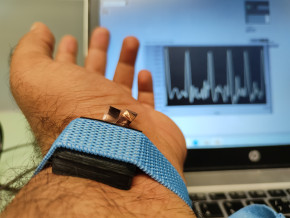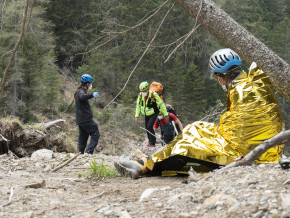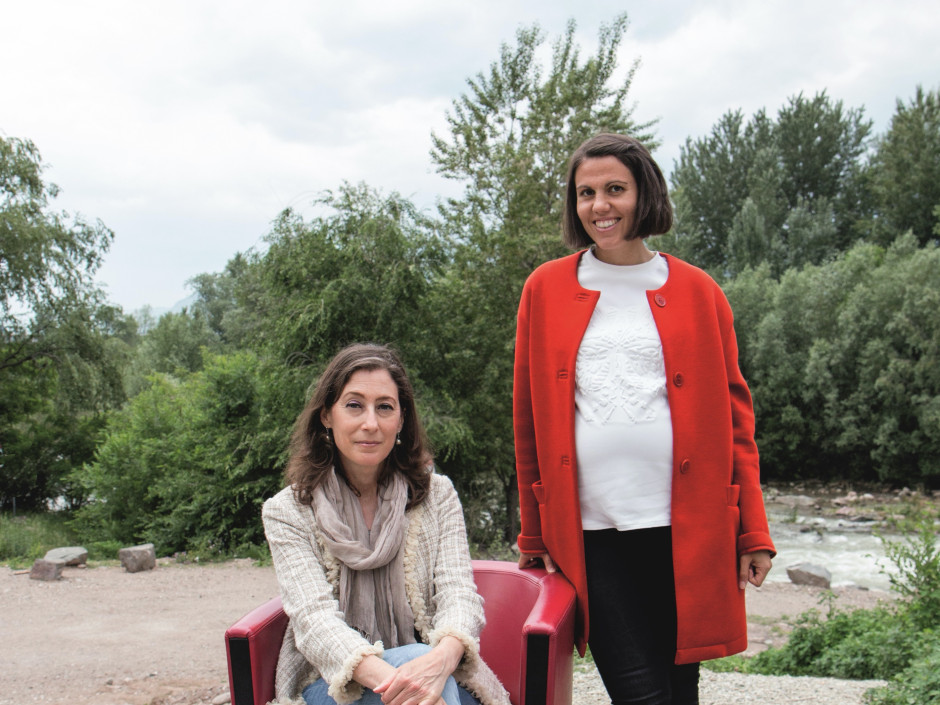The Many Faces of Integration
There’s no one recipe that will make integration of migrants successful, but knowing the historical and political context of the region is a big advantage, says Verena Wisthaler from EURAC’s Institute for Minority Rights. Dorothy Zinn, an anthropologist at the unibz Faculty of Education, adds that cyberspace is helping migrants to connect with their old and new cultures.
How do Italy and South Tyrol fare in terms of including migrants in political decision-making processes?
Wisthaler: In Italy, EU citizens are considered equal to Italian citizens in terms of local, regional and provincial elections. This is the same for all EU countries. However, those from outside the EU are not guaranteed political rights in Italy at any level – national, provincial or local. And in South Tyrol, there is another constraint at the provincial level for EU and non-EU citizens, and even Italian citizens coming from outside the province. You can only vote in provincial elections if you have been living in the province for at least four years.
Why is that?
Wisthaler: It was foreseen as a protection mechanism for the German- and Ladin- speaking minority in the autonomy statute. It was conceived to prevent them from being out-voted in the event of an influx of people (for example, Italians) from outside the province.
Does South Tyrol’s history shape the regions’ immigration policy?
Wisthaler: Yes, in fact, I looked at five regions in which there is a similar situation to ours: minority groups who claim to be different from the nation state in which they reside. I studied their political discourse to find out whether the political parties of these minority groups believe that migrants can be integrated to support their minorities’ political interests, or whether they see migrants as something that threatens their interests. I found out that it is not a question of being more in favour or less in favor of integration, but it is the particular experiences of a minority context – discrimination by the nation- state or the need to defend their own culture and language – that shapes the discourse of the parties.
Can you give an example?
Wisthaler: In Corsica, the political parties distinguish between migrants who come to the island from the French mainland, with a French background, and those coming from elsewhere who could adopt a Corsican approach to things more easily. Given the historical context, they believe that French immigrants could harm the Corsican community. This is similar in South Tyrol: the right-wing German party Südtiroler Freiheit welcomes migrants with a German background, as they feel they make the minority stronger, and they try to reject all those who do not fit into what they perceive as easy to integrate.
Professor Zinn, what role does electronic media play in the integration process?
Dorothy Zinn: If we understand integration not just as assimilating, but as migrants embracing the culture of the new society while not erasing their own background, then electronic media has an important role to play. Today, migrants can stay connected with their families back home. They can download music and movies from their home country. Their kids can study the language and culture of their parents’ homeland via the Internet. It amplifies exchanges between the countries.
How can migrants integrate into their new world with a very strong emotional connection to their old one?
Zinn: Migrant families, and especially the children of migrants, have always lived in two separate worlds. Their parents’ home is the intimate space where they can express their culture and origins – which may often be quite different from the outside world. Today the Internet not only allows second-generations to keep in contact with their roots, it also gives them a platform to bond with other young people that share their same experiences.
You studied three second-generation associations in Italy. What groups are they?
Zinn: The members of ReteG2 are second generations with very different backgrounds: from those who partly define themselves through their parents’ different origins, to those who come from mixed families. Most of them identify strongly with their Italian local identity. The Associna group represents second generation migrants with a Chinese background. Even so, they clearly distinguish themselves according to the region of China from where they come. And lastly, the members of GMI, Young Italian Muslims, bond through a pan-Islamic identity, regardless of their parents’ national background.
So it’s impossible to generalize?
Zinn: We should not put people – especially young ones – in cultural boxes based on their passports. Young people are young people. They bond through rap music or latest fashion with other young people from around the world. In this sense, as my dear colleague Annamaria Rivera has pointed out, a second generation youth likely has more in common with his Italian peers than with older people who share his origins.
Related Articles

Tecno-prodotti. Creati nuovi sensori triboelettrici nel laboratorio di sensoristica al NOI Techpark
I wearable sono dispositivi ormai imprescindibili nel settore sanitario e sportivo: un mercato in crescita a livello globale che ha bisogno di fonti di energia alternative e sensori affidabili, economici e sostenibili. Il laboratorio Sensing Technologies Lab della Libera Università di Bolzano (unibz) al Parco Tecnologico NOI Techpark ha realizzato un prototipo di dispositivo indossabile autoalimentato che soddisfa tutti questi requisiti. Un progetto nato grazie alla collaborazione con il Center for Sensing Solutions di Eurac Research e l’Advanced Technology Institute dell’Università del Surrey.

unibz forscht an technologischen Lösungen zur Erhaltung des Permafrostes in den Dolomiten
Wie kann brüchig gewordener Boden in den Dolomiten gekühlt und damit gesichert werden? Am Samstag, den 9. September fand in Cortina d'Ampezzo an der Bergstation der Sesselbahn Pian Ra Valles Bus Tofana die Präsentation des Projekts „Rescue Permafrost " statt. Ein Projekt, das in Zusammenarbeit mit Fachleuten für nachhaltiges Design, darunter einem Forschungsteam für Umweltphysik der unibz, entwickelt wurde. Das gemeinsame Ziel: das gefährliche Auftauen des Permafrosts zu verhindern, ein Phänomen, das aufgrund des globalen Klimawandels immer öfter auftritt. Die Freie Universität Bozen hat nun im Rahmen des Forschungsprojekts eine erste dynamische Analyse der Auswirkungen einer technologischen Lösung zur Kühlung der Bodentemperatur durchgeführt.

Gesunde Böden dank Partizipation der Bevölkerung: unibz koordiniert Citizen-Science-Projekt ECHO
Die Citizen-Science-Initiative „ECHO - Engaging Citizens in soil science: the road to Healthier Soils" zielt darauf ab, das Wissen und das Bewusstsein der EU-Bürger:innen für die Bodengesundheit über deren aktive Einbeziehung in das Projekt zu verbessern. Mit 16 Teilnehmern aus ganz Europa - 10 führenden Universitäten und Forschungszentren, 4 KMU und 2 Stiftungen - wird ECHO 16.500 Standorte in verschiedenen klimatischen und biogeografischen Regionen bewerten, um seine ehrgeizigen Ziele zu erreichen.

Erstversorgung: Drohnen machen den Unterschied
Die Ergebnisse einer Studie von Eurac Research und der Bergrettung Südtirol liegen vor.
